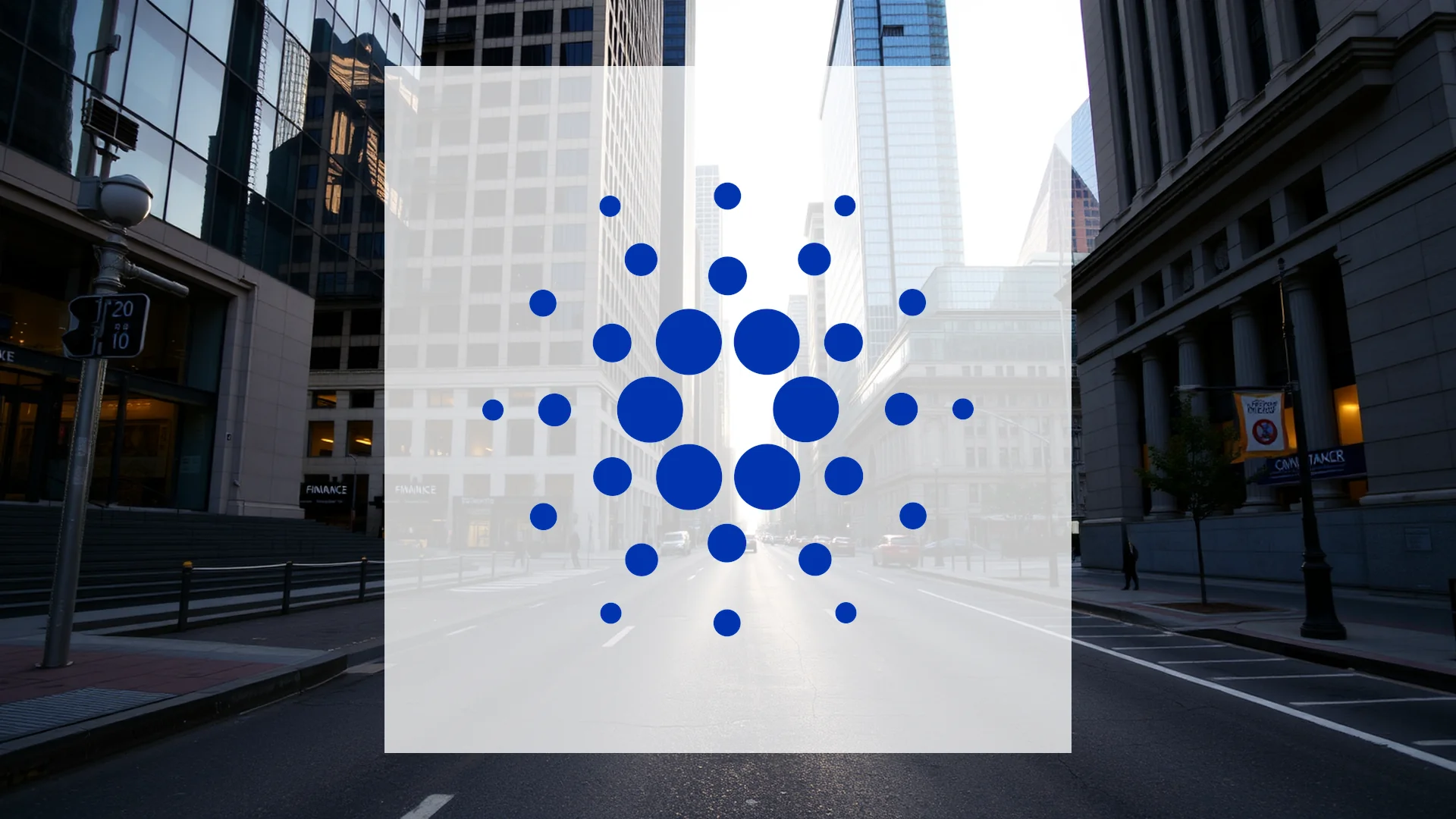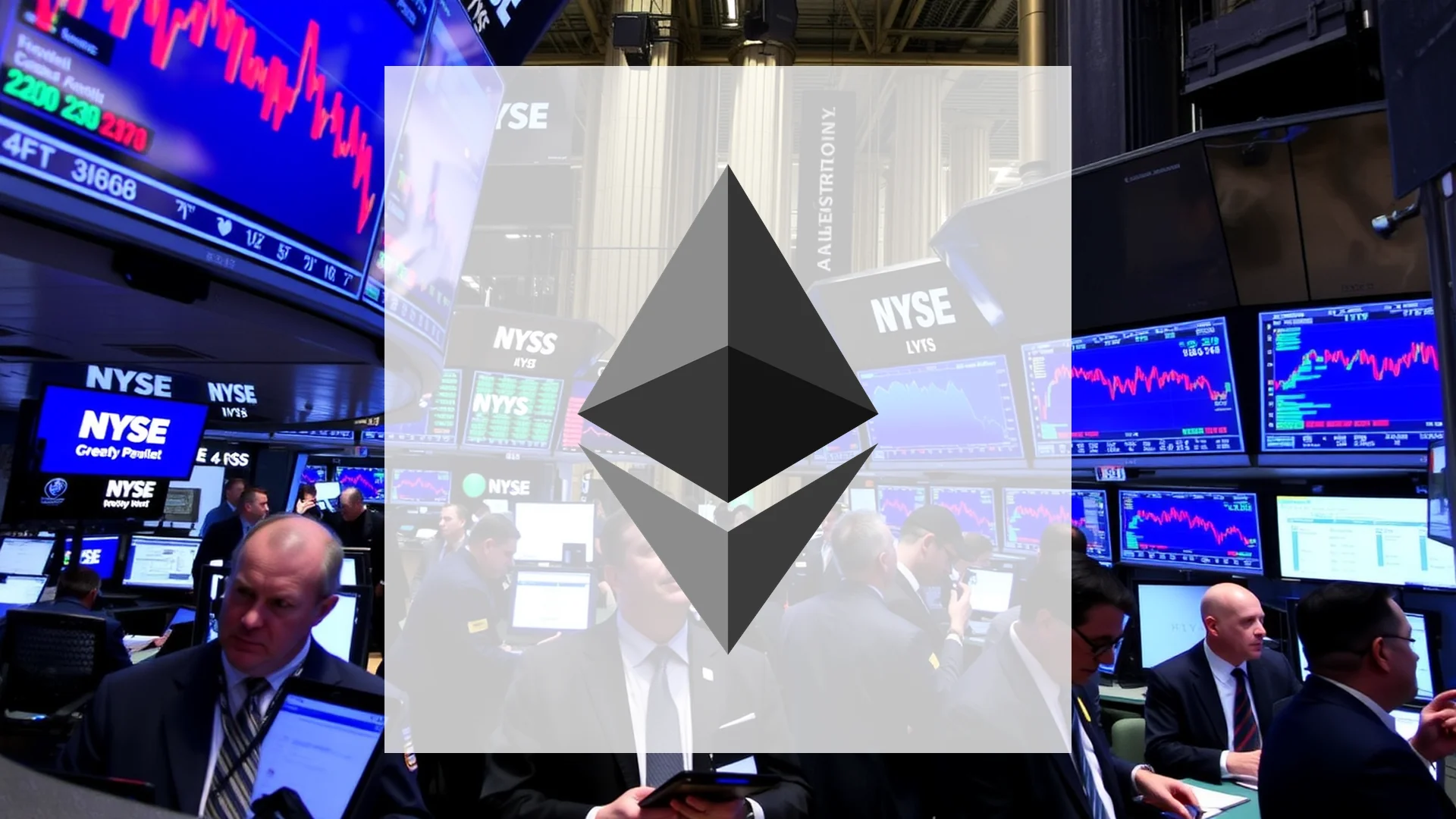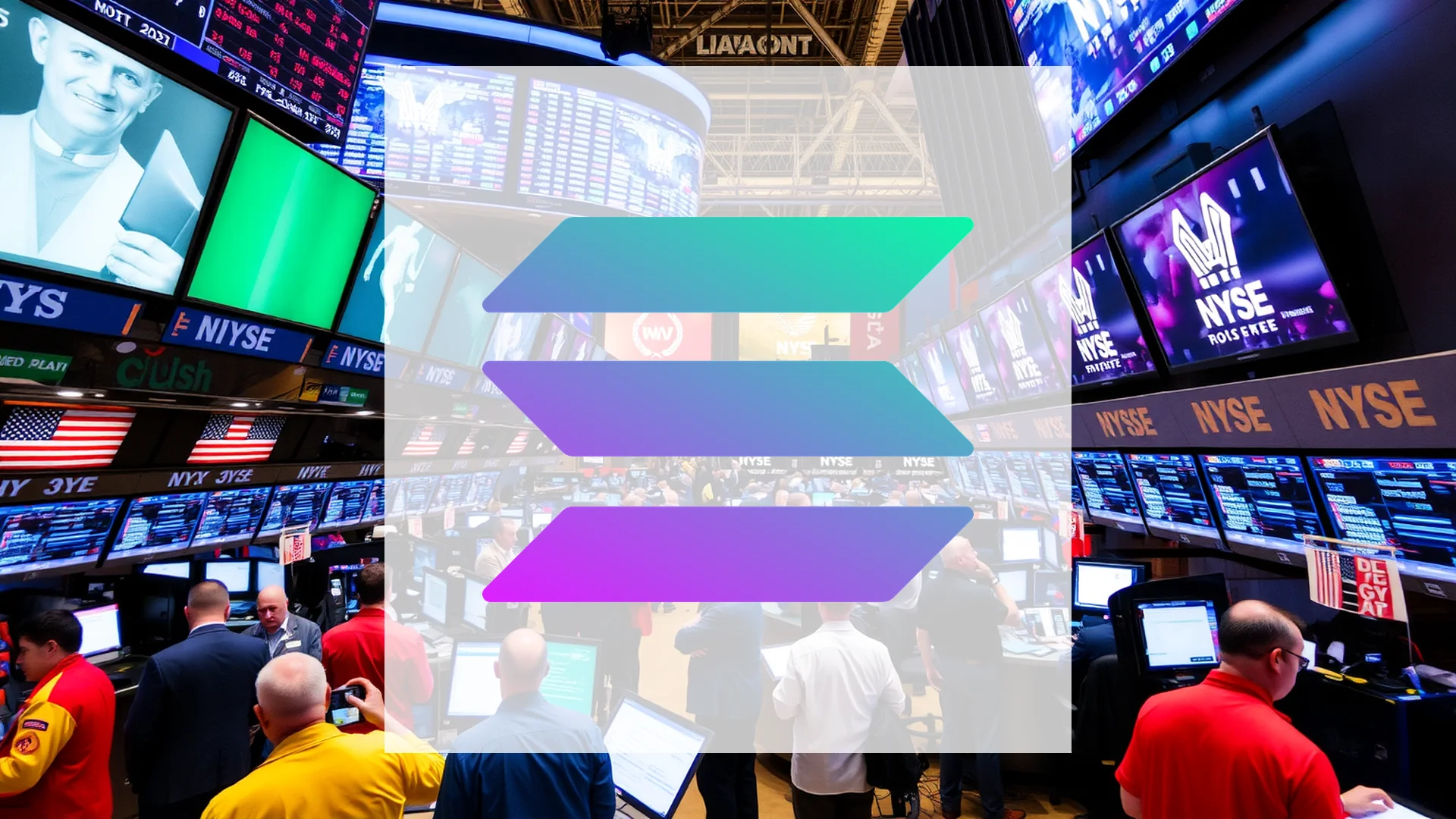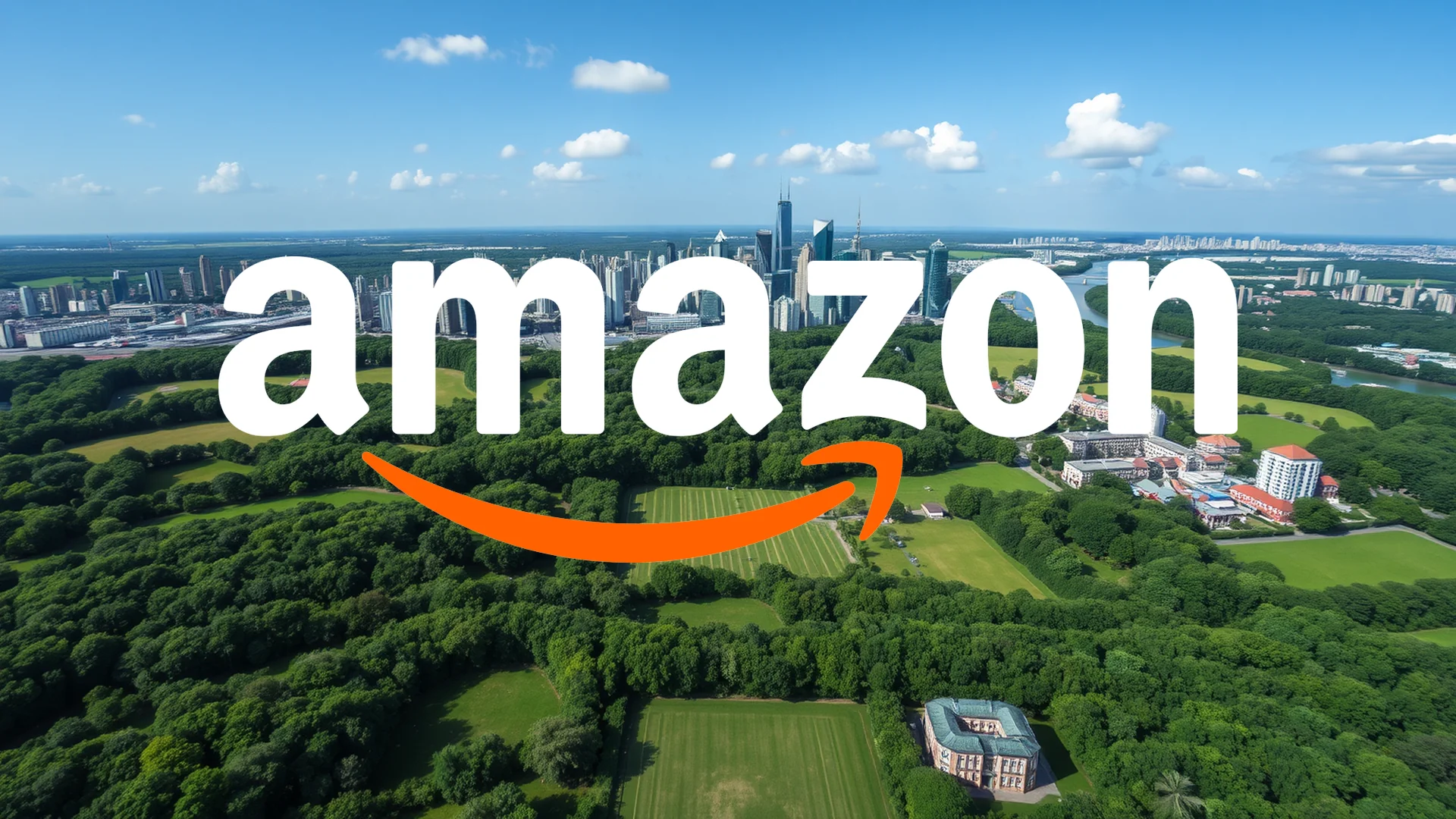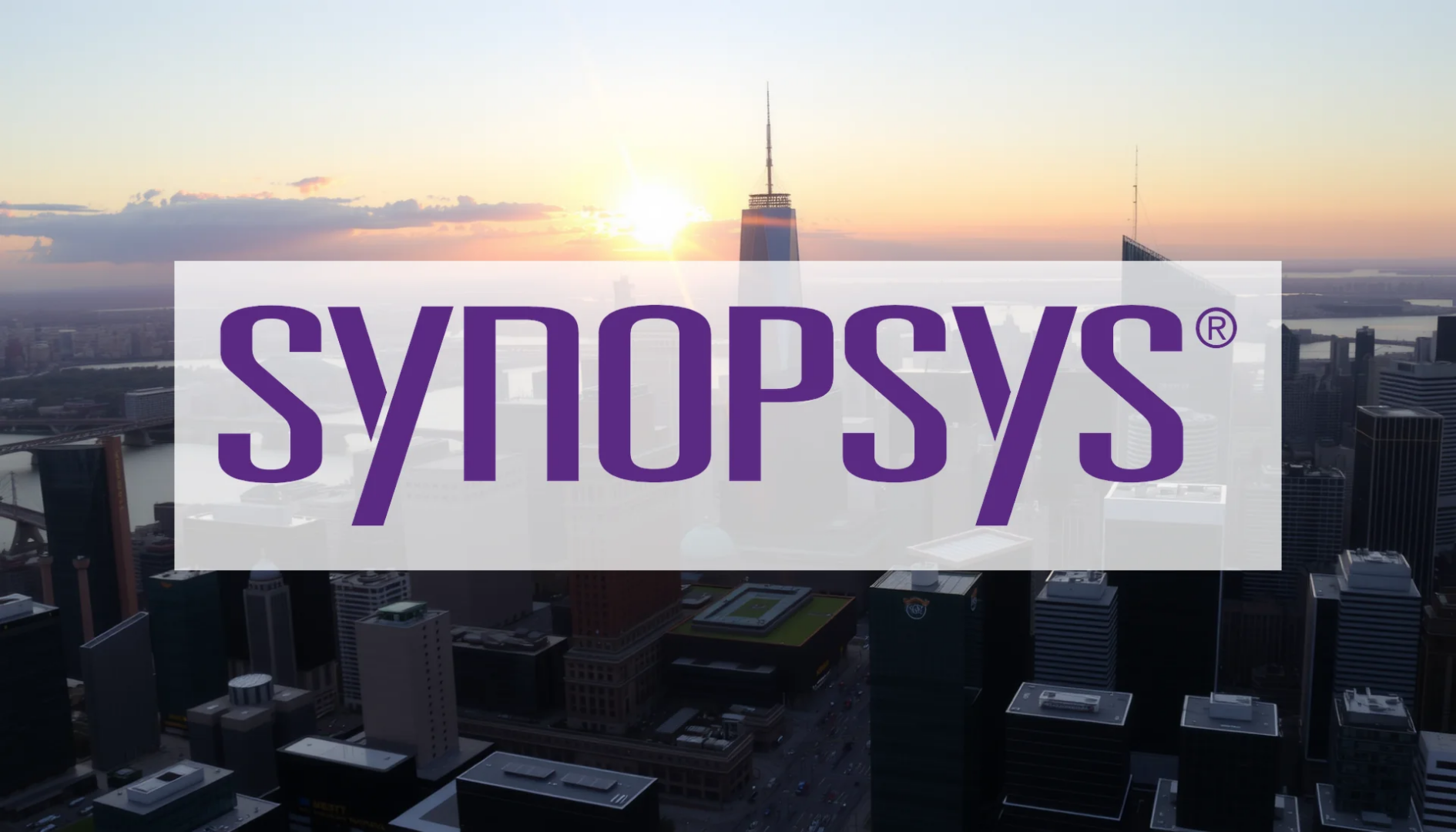The Cardano blockchain network experienced a significant disruption on November 21, triggering a chain of events that has now drawn federal law enforcement attention. Rather than originating from an external hacker, the incident appears to stem from actions taken by a community member, sending shockwaves through the cryptocurrency ecosystem and causing substantial market volatility.
Market Impact and Immediate Fallout
Cardano’s native token ADA witnessed a dramatic 19% price decline in the days following the network incident. Trading activity surged to $1.3 billion as market sentiment deteriorated, with the Crypto Fear & Greed Index plunging to extreme fear levels at 11. Multiple exchanges and decentralized platforms temporarily suspended deposit and withdrawal functions as a precautionary measure, though services are gradually being restored.
Despite these concerning developments, no user funds were compromised during the event. The network’s underlying architecture ensured that all legitimate transactions remained secure throughout the disruption.
Technical Breakdown: Network Partition Explained
The core technical issue emerged when the Cardano blockchain underwent what’s known as a “mainnet partition,” effectively splitting into two separate chains. This division occurred because newer node versions (10.x and above) incorrectly processed a manipulated transaction containing an oversized hash signature, while older node versions properly rejected the same transaction.
This created parallel chains operating simultaneously—one stable chain maintained by older software and one faulty chain produced by newer nodes. Development organizations Intersect and Input Output Global (IOG) responded with emergency patches, deploying node version 10.5.3 within hours to block the problematic transaction and reunite the network.
Should investors sell immediately? Or is it worth buying Cardano?
Community Member Claims Responsibility
Investigators quickly identified the source of the manipulated transaction as a Cardano stakeholder known as “Homer J.” The individual publicly acknowledged submitting the transaction, characterizing the action as an “imprudent experiment” intended to test network boundaries.
This explanation has been met with skepticism from Cardano leadership. Founder Charles Hoskinson has classified the incident as a potential attack on critical infrastructure and confirmed that the Federal Bureau of Investigation has been engaged to examine the matter. The economic impact and operational disruption justify criminal investigation, according to Hoskinson, though whether this constituted intentional sabotage or a poorly executed stress test remains subject to official determination.
Investor Outlook and Network Resilience
Market participants now closely monitor the $0.38 support level for ADA. A sustained break below this threshold could signal further downward momentum, while successful defense of this level combined with resolution of the FBI investigation might help restore market confidence.
The event ultimately demonstrated the resilience of Cardano’s decentralized governance model under extreme conditions. Through coordinated efforts between Intersect and IOG, the network maintained operational integrity despite the significant stress test, validating the ecosystem’s emergency response capabilities even as questions about the incident’s origins continue to be examined by authorities.
Ad
Cardano Stock: Buy or Sell?! New Cardano Analysis from November 23 delivers the answer:
The latest Cardano figures speak for themselves: Urgent action needed for Cardano investors. Is it worth buying or should you sell? Find out what to do now in the current free analysis from November 23.
Cardano: Buy or sell? Read more here...

